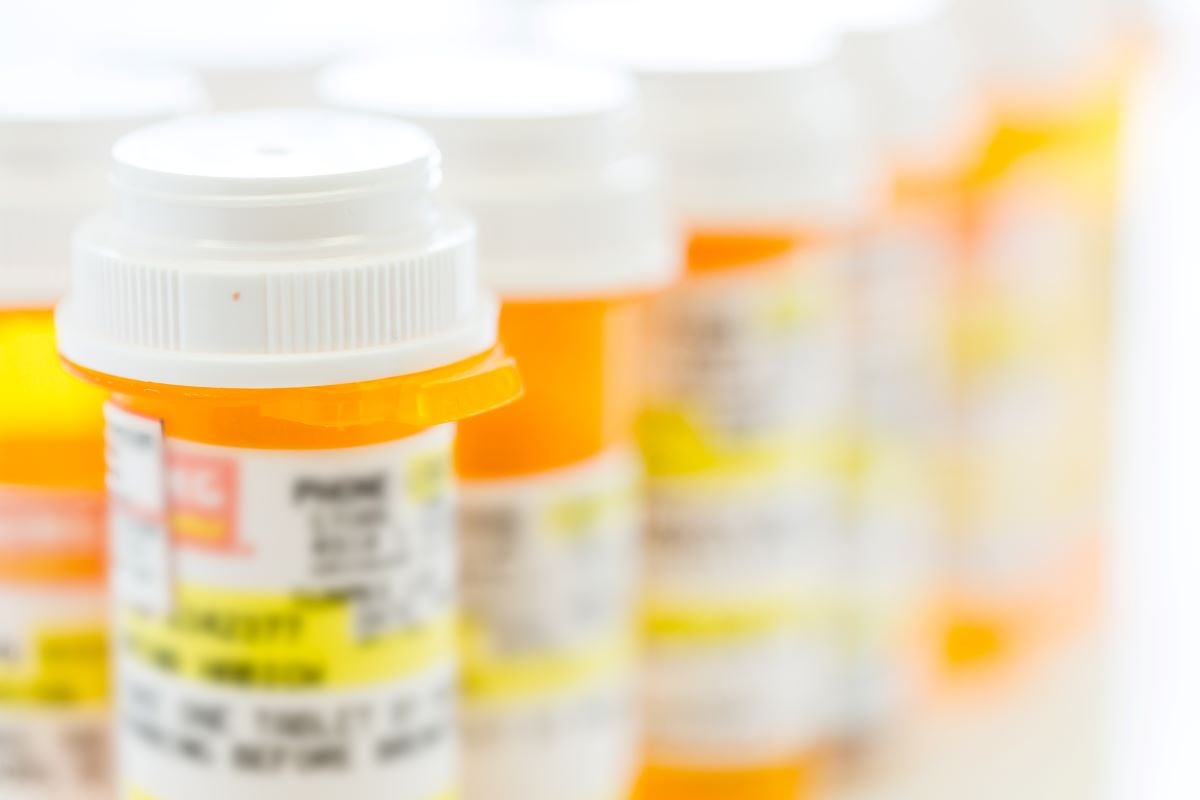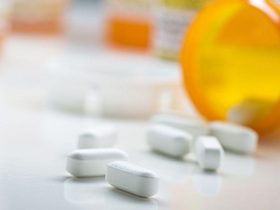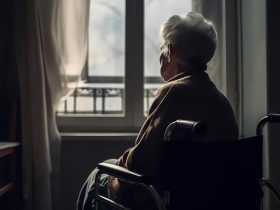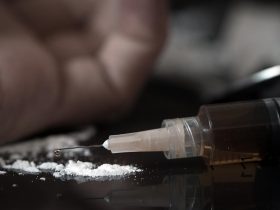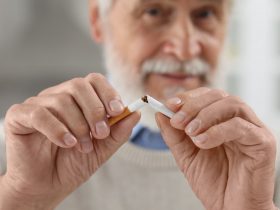Lower odds of fatal OD seen with filling naloxone prescription, receiving methadone or buprenorphine, receiving behavioral health assessment or crisis services
By Elana Gotkine HealthDay Reporter
MONDAY, June 17, 2024 (HealthDay News) — In the 12 months after a nonfatal overdose, few Medicare beneficiaries receive medications for opioid use disorder (MOUD) or fill a naloxone prescription, according to a study published online June 17 in JAMA Internal Medicine.
Christopher M. Jones, Pharm.D., Dr.P.H., from the Substance Abuse and Mental Health Services Administration in Rockville, Maryland, and colleagues examined the receipt of MOUD, naloxone, and behavioral health services in the 12 months after an index nonfatal drug overdose in a cohort study. The cohort included 136,762 Medicare beneficiaries who experienced an index nonfatal drug overdose in 2020.
The researchers found that 17.4 percent of beneficiaries experienced at least one subsequent nonfatal drug overdose in the 12 months after their index nonfatal overdose and 1.0 percent died of a fatal drug overdose. Overall, 72.2 percent of fatal drug overdoses involved opioids. In the 12 months after the index nonfatal drug overdose, 4.1 and 6.2 percent received any MOUD and filled a naloxone prescription, respectively. Reduced adjusted odds of fatal drug overdose in the 12 months after the index nonfatal drug overdose were seen in association with filling a naloxone prescription (adjusted odds ratio [aOR], 0.70), each percentage of days receiving methadone or buprenorphine (aORs, 0.98 and 0.99, respectively), and receiving behavioral health assessment or crisis services (aOR, 0.25).
“These findings underscore the need to increase the uptake of evidence-based care after a nonfatal drug overdose,” the authors write.
One author disclosed ties to General Electric, 3M, and Pfizer.
Copyright © 2024 HealthDay. All rights reserved.


